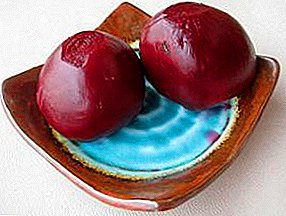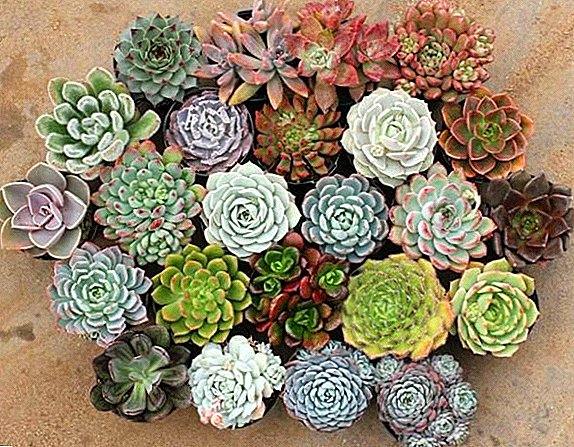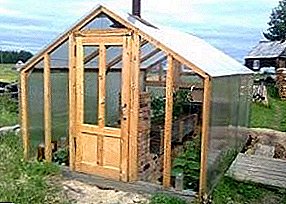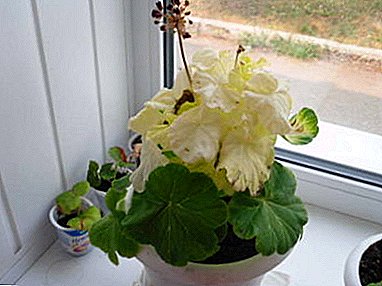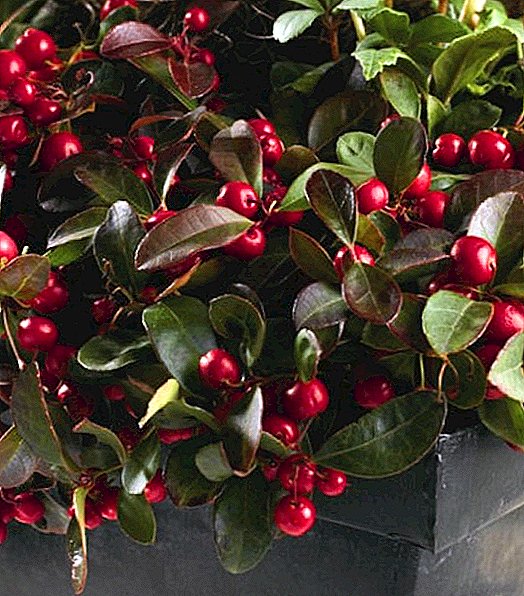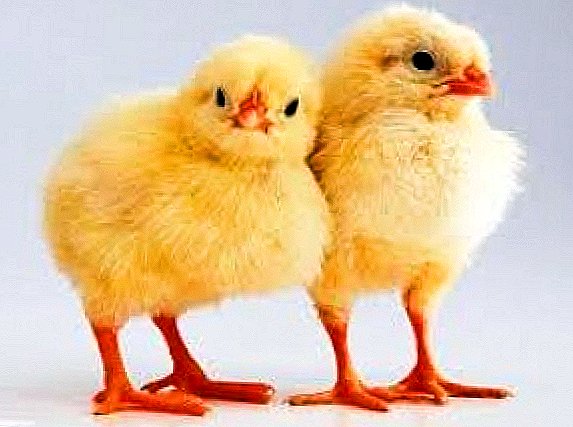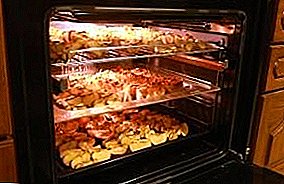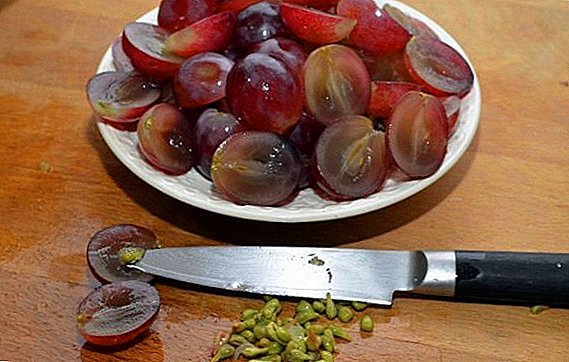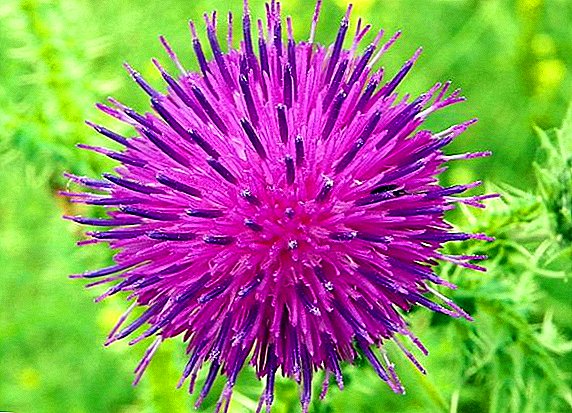
Tomatoes come to us from warm countries. In hot conditions, they do not need careful care. But in the northern lands they are grown very scrupulously.
Healthy, strong tomato seedlings foreshadow a good harvest. If the soil mixture in containers with tomato seedlings or the soil in the greenhouse is skillfully prepared, additional fertilizing is not required. But when the soil is poor in nutrients, the seedlings should be fed.
Top dressing has a positive effect on the plant. Seedlings will grow better, less susceptible to various diseases and pests.
Why do I need to feed tomatoes?
Good seedlings require fertile land.. But when choosing a soil, gardeners are often guided by its other qualities: air permeability, moisture permeability, good composition mechanics. They are often concerned about the absence of pathogenic flora in the soil than the long-term supply of useful elements.
When seedlings are contained in limited quantities, starvation is inevitably manifested. Fasting is eliminated only by top dressing.
When do you do this for the first time?
When the seedlings appear leaves, you need to carry out the first scheduled feeding of tomatoes. There are guides who advise feeding not earlier than two weeks after the picking was done. In truth, this is determined by the number of fertilizers, which also depend on the quality of the substrate that we use.
More information about when and how to feed tomato seedlings can be found here, in more detail about how to fertilize tomatoes before and after picking, you can read in this material.
What and how to feed after germination?
 At the first feeding of sprouted tomato seedlings, they are used as ready-made fertilizers (Nitrophoska, Agricola-Forward, Agricola No. 3), and they are prepared by themselves:
At the first feeding of sprouted tomato seedlings, they are used as ready-made fertilizers (Nitrophoska, Agricola-Forward, Agricola No. 3), and they are prepared by themselves:
- Urea - 1 year
- Superphosphate - 8 g.
- Potassium sulfate - 4 g.
- Water - 2 liters.
Other scheme:
- Ammonium nitrate - 0.6 g
- Superphosphate - 4 g.
- Potassium sulfate - 1.5 g
- Water - 1 l.
Those who do not use chemical fertilizers, we can recommend an extract of ash, yeast solution, tincture of eggshell or banana peel. They are easy to prepare at home.
We offer to watch a video about feeding tomatoes:
More information about 5 types of dressings for tomato seedlings can be found in this material, and in more detail about how to feed tomato seedlings so that they have plump and resistant stems, you can read here.
Ash extract
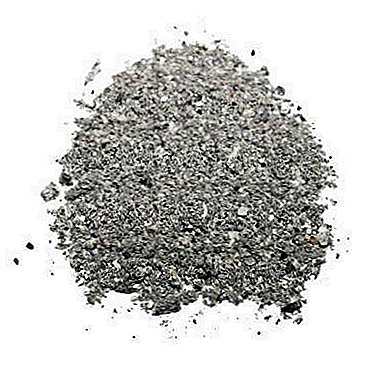 Wood ash - 1 tablespoon.
Wood ash - 1 tablespoon.- Hot water - 2 liters.
Prepared one day, merged with sediment and filtered.
After the solution is infused and filtered, it is diluted with 5 liters of water and gradually watered under each bush.
We offer to watch a video about the ash feeding of tomato seedlings:
More details about the use of ash for feeding tomato seedlings at home can be found here.
Yeast solution
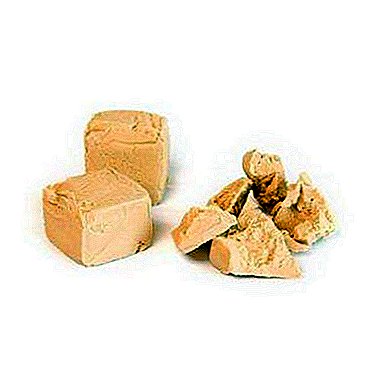 Bread yeast - 5 g.
Bread yeast - 5 g.- Water - 5 liters.
Conducted stirring and infusion period of one day. After that, seedlings are fed. Fertilizer is not stored, which means that it should be used immediately after preparation. Prepare the solution only if you are going to use immediately.
In more detail about a simple and effective dressing for tomatoes from yeast can be found in this material.
Infusion from eggshell
 Egg shell - two thirds of a bucket.
Egg shell - two thirds of a bucket.- Water - 1 bucket.
Infused from 3 to 4 days in a closed container.
Before use, it is drained and diluted with water 3 times. It is necessary to water on the floor of a glass on one bush of seedling.
We offer to watch a video about egg dressing of tomatoes:
Infusion of banana skins
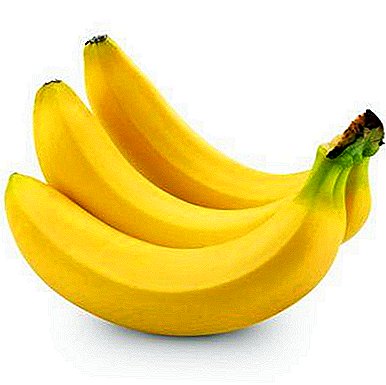 Dry banana peel - two thirds of the bucket.
Dry banana peel - two thirds of the bucket.- Water - 1 bucket.
The mixture is infused in warm conditions for at least 3 daysbut better is more. Before feeding it is drained and diluted 3 times with water.
The huge amount of minerals contained in bananas will have a beneficial effect on tomato seedlings.
You can learn more about how to grow a good harvest with fertilizer with banana peels and other methods.
What and how to fertilize tomatoes after planting in open ground?
 Tomatoes have significant nutritional requirements. and fertilize them is a good help to their development. In the late autumn period, when the planting area is plowed, 5 kg of humus or garden compost per square meter is added, and in the spring the area is filled with minerals: double superphosphate and potassium chloride. It is suitable to embed wood ash (2-2.5 cups per square meter) in the autumn and spring periods.
Tomatoes have significant nutritional requirements. and fertilize them is a good help to their development. In the late autumn period, when the planting area is plowed, 5 kg of humus or garden compost per square meter is added, and in the spring the area is filled with minerals: double superphosphate and potassium chloride. It is suitable to embed wood ash (2-2.5 cups per square meter) in the autumn and spring periods.
During the vegetative period of development of tomatoes for better growth and in order to increase the yield, 4 root dressings are planted. Most of the fertilizer dose for tomatoes is applied to the soil when the plant's root system is assimilated with nutrients. At each stage of tomato development, they require certain chemicals.
Components of top dressing depend on such things as soil fertility, climatic conditions, weight of hanging fruits on plants. The dosage of potassium in the nutritional formulations in the cool and cloudy summer period should be increased (a quarter more than the recommended one), and in the arid hot summertime, on the contrary, reduced.
Root means for vegetables planted in open ground
- First feeding. The first root dressing of tomatoes planted in open ground is carried out on days 20-22 after transplanting the beds. The recommended composition of the solution (application of organic and mineral fertilizers): liquid mullein (half liter) and 15 ml. nitrofoski diluted in a bucket of water. Spend half a liter for each bush. More information about the benefits of mineral fertilizers for seedlings and adult tomatoes can be read here.
- Second feeding. The feeding time is about twenty days after the first one (with the best moment for the second feeding being the budding of the second color brush). Ingredients: chicken dung (0.4 kg.), Superphosphate (1 tbsp.), Potassium sulphate (1 tsp.) To a standard bucket of water. Spend 1 l. under each plant.
- Third dressing. Feeding time is 1-2 weeks after the second (when the third brush of tomatoes begins to bloom). Composition for irrigation (fertilizing with mineral fertilizers): nitrophoska (15 ml.) And potassium humate (15 ml.) In a bucket of water. Spend 5 liters. per square meter bed.
- Fourth dressing. Feeding time - after 11-14 days after the third. At this stage, only a solution of superphosphate is needed: 1 tablespoon per 10 liters. clean water. Used bucket per square meter.
Foliar fertilizers
 Humidifying the tops of tomatoes and fine spraying of the nutrient composition on the leaves give good results, thanks to which the plant grows better, develops leaf apparatus and young shoots, and it also helps prevent the shedding of color. The main advantage of this type of fertilizer is that the nutrients that are on the surface of the leaf apparatus, much faster absorbed by plants. Spraying produce 1-4 times during the vegetative season.
Humidifying the tops of tomatoes and fine spraying of the nutrient composition on the leaves give good results, thanks to which the plant grows better, develops leaf apparatus and young shoots, and it also helps prevent the shedding of color. The main advantage of this type of fertilizer is that the nutrients that are on the surface of the leaf apparatus, much faster absorbed by plants. Spraying produce 1-4 times during the vegetative season.
- The first version of the composition: 15 g of urea and 1 g of potassium permanganate crystals (potassium permanganate) are added to a bucket of water. This solution is enough for 60-70 bushes.
- The second version of the composition: in dry summertime, when the color and the tomatoes are not pollinated everywhere due to the heat, they are fed with a solution of water with boric acid (1 tsp of the crystals per bucket). Also use special preparations, for example "Ovary".
The most suitable period for foliar feeding is an evening in dry weather. So the solution is more useful because it dries longer.
More details about the best methods of foliar fertilizing of tomatoes can be found here.
Additional tips and warnings
- The less soil is enriched with substances, the more important is top dressing.
- In the preparation of dressings should follow strict dosages.
- With cold and dryness, nutrients are absorbed worse, so fertilizing will not be as effective.
Vegetables are more popular among summer residents than tomatoes, perhaps, not to be found. It is important to know that a tomato "loves" and which environment is most comfortable for it. Among the options for feeding tomatoes there are many different opinions, but certain conditions should be observed. The type of feed composition should be chosen depending on the development of the plant..


 Wood ash - 1 tablespoon.
Wood ash - 1 tablespoon. Bread yeast - 5 g.
Bread yeast - 5 g. Egg shell - two thirds of a bucket.
Egg shell - two thirds of a bucket. Dry banana peel - two thirds of the bucket.
Dry banana peel - two thirds of the bucket.